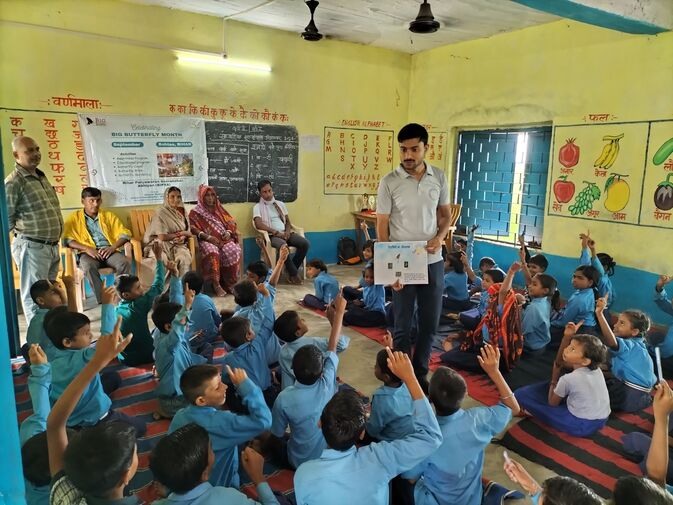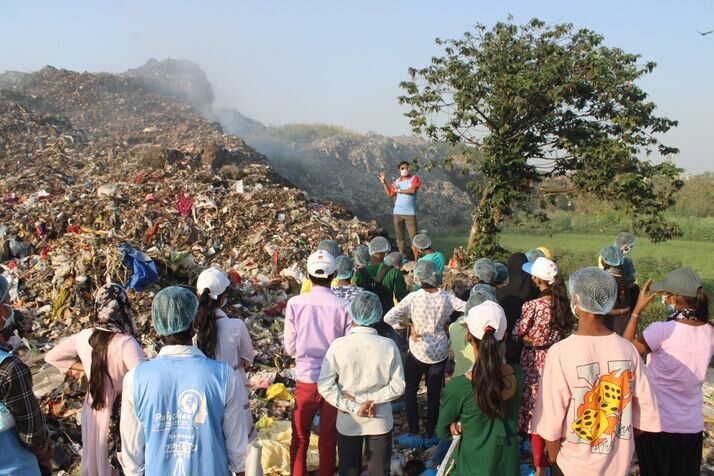Beyond Right & Wrong: Youth-Led Social Entrepreneurship Is Transforming India
Related Articles
17-year-old abducted, raped for a month; rescued by cops
A 17-year-old girl hailing from Ballia, Uttar Pradesh was abducted, kept in captive and raped for a month in Mumbai and Pune. The case...
संतान की चाह में पनपा विवाद बना हत्या की वजह, वाराणसी में आंगनबाड़ी कार्यकर्ता की नृशंस हत्या का खुलासा
वाराणसी के शिवपुर थाना क्षेत्र में आंगनबाड़ी कार्यकर्ता अनुपमा उर्फ सीता (45) की हत्या के मामले में पुलिस ने सनसनीखेज खुलासा किया है। पुलिस...
Who is Satadru Dutta, Messi’s GOAT Tour organiser who was arrested in Kolkata?
Lionel Messi fans in Kolkata were in for terrible disappointment during his ongoing "GOAT Tour" visit today December 13, after the football icon's public...



